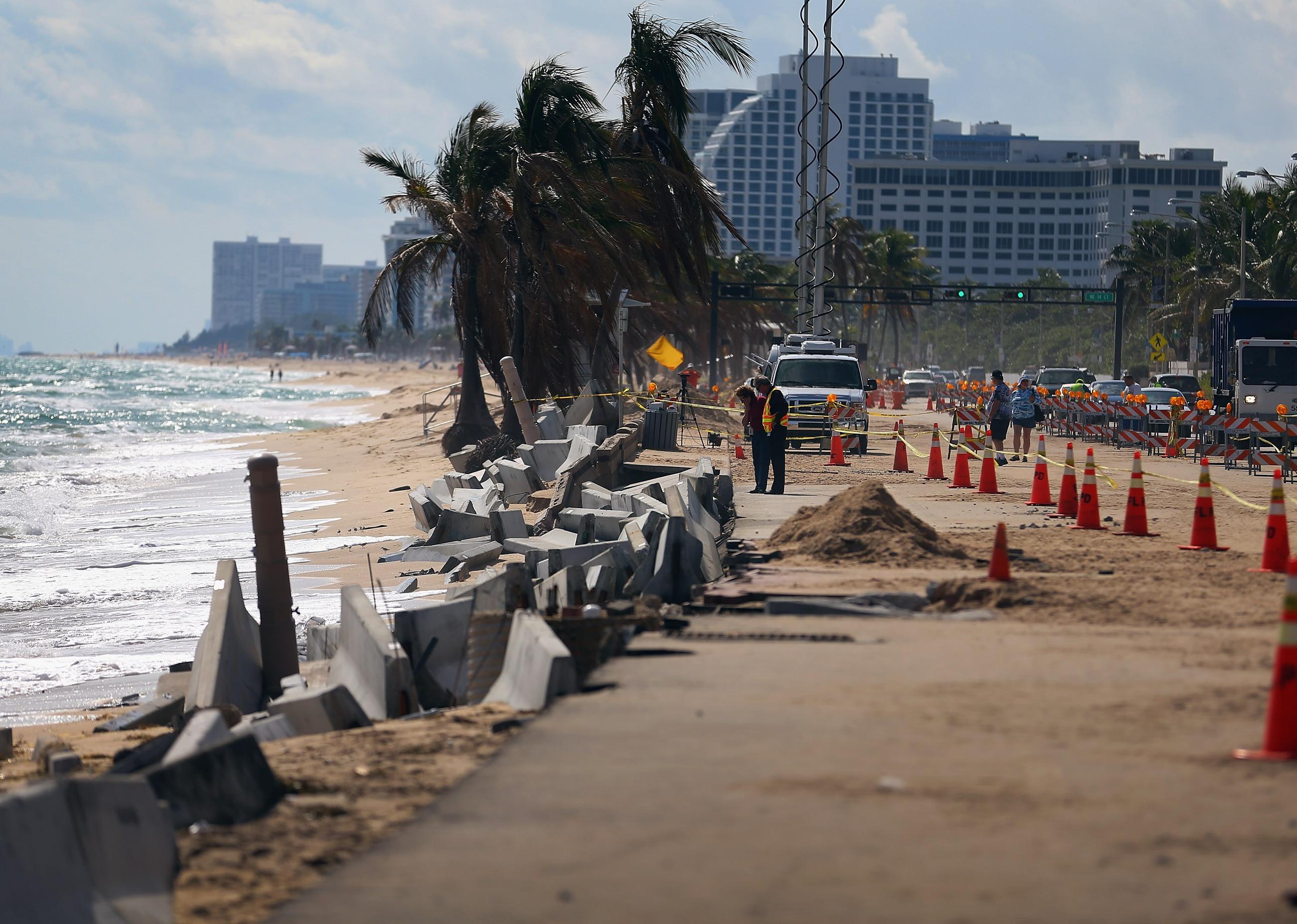
Going underwater: How climate change has affected Florida
Going underwater: How climate change has affected Florida
The latest United Nations Intergovernmental Panel on Climate Change (IPCC) report is yet another reminder of the dire effects of climate change. While climate projections often look to the future when discussing the worst impacts of climate change, we are in fact already experiencing its effects across the United States. To better understand how climate change is impacting the country, Stacker compiled a list of the impacts of climate change in every state, using local and national news stories, government reports, and scientific journal articles.
While these impacts are weather-related—for example, heat waves, droughts, or storms—individual weather events cannot be attributed to climate change on their own. Rather, it is when these events are seen within larger trends that they can be understood as part of a pattern that has come out of the changing climate.
Keep reading to learn about how your state has been impacted by climate change, or read the national story here.
Florida: Going underwater
According to The Hill, Florida is the state most vulnerable to climate change. The sea level in Florida has risen about 1 inch per decade and heavy rainstorms are becoming more frequent and severe. Scientists predict the southern third of the state could be underwater by 2100, and that parts of Miami could be underwater even sooner. Democrats in the state are trying to pass an energy plan to make the state more energy-efficient through initiatives such as rewarding farmers for conserving energy and making state-funded buildings more energy-efficient, among others. However, it is unlikely that the state's Republican lawmakers will support it.
Across the country, there are trends of rising temperatures, storms of increasing frequency and severity, and more erratic precipitation patterns, causing disruptions to the food systems and sometimes even resulting in death. While the U.S. government has set a target to reduce greenhouse gas emissions by at least 50% by 2030, it is clear that the climate emergency is already taking place, and along with emissions reductions, mitigation of the impacts of climate change must be prioritized as well.
Read below to see how other states in your region have been affected by climate change.
Alabama: More days of dangerous heat
Temperatures have been rising in Alabama, and thanks to climate change, they sometimes reach dangerous levels. Currently, Alabama experiences around 15 days of dangerously high temperatures each year, which is defined as a heat index above 105 F. Given the current trends, Alabama could experience up to 70 of these days per year by 2050, endangering more than 160,000 people in the state who are most vulnerable to extreme heat.
Georgia: A threat to peaches
Since 1960, Georgia's average winter temperature has increased by 5 F. That is a problem for Georgia's state fruit, the peach. Peaches need chilly conditions, generally under 45 F, in order to be properly ready for summer harvest. Given how the temperatures are rising, Georgia's peach industry could be gone by 2100.



